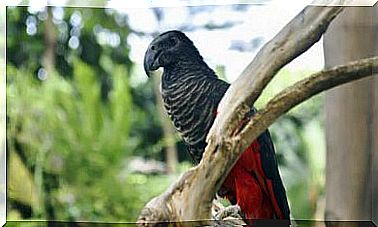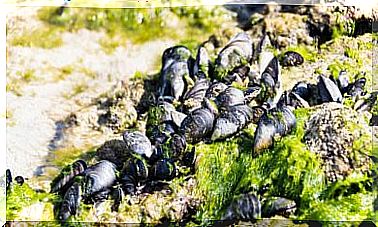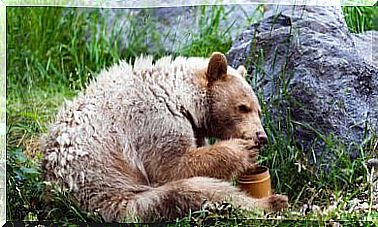Monarch Butterfly Migration
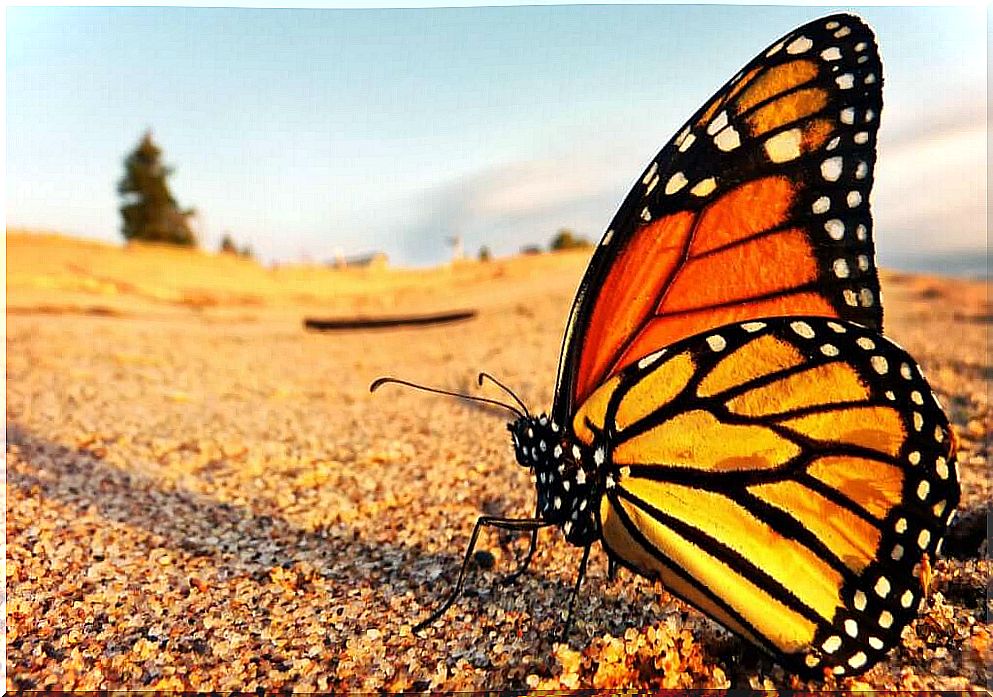
Monarch butterfly larvae ( Danaus plexippus ) eat the shell of the egg from which they are born. All monarch larvae feed on the cotton plant in which they are born, however, not all will undertake the mythical journey to the warmer lands that characterize them.
An essential feature of the migration of monarch butterflies involves the exceptional longevity of migrant adults. The Methuselah generation has a high endurance and longevity of up to nine months from August/September to March, while their summer-born counterparts will likely live less than two months as adults.
Monarch butterflies have a “methusalem” generation annually
Migrating adult butterflies enter a reproductive diapause state. That is, male and female reproductive development is disrupted as a result of suppression of juvenile hormone synthesis.
Therefore, the longevity of the monarch butterfly during migration is associated with two factors: the first is endocrine regulation, and the second is associated with the environmental properties of the resting places during the journey.
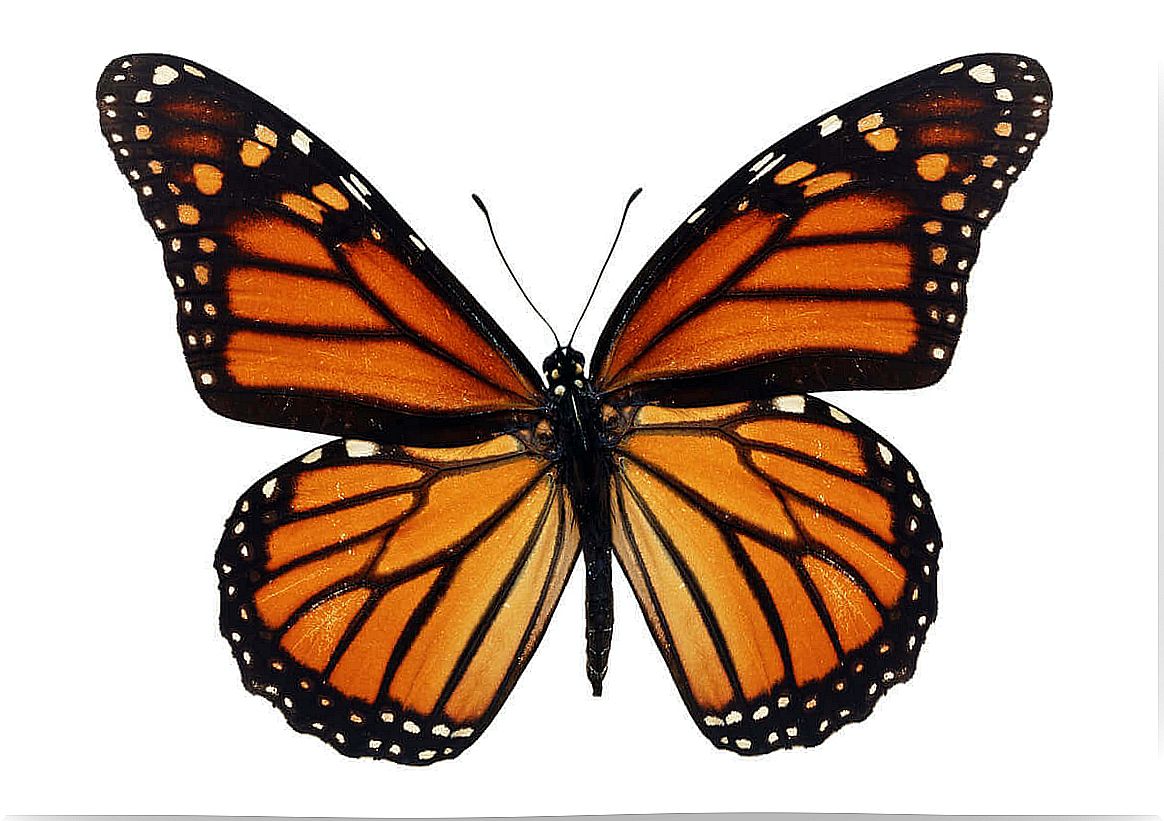
the travel route
Thanks to these characteristics, this butterfly can resist your round trip, as it can travel up to 4000 kilometers from Canada and the northern United States to the forests of Oyamel , in central Mexico.
The migration of butterflies usually starts in approximately October of each year, but may occur sooner if the weather cools. During this spring trip, butterflies begin to mate in Mexico. The return to the north takes place in mid-March. It is currently possible to view the journey of monarch butterflies on Google Earth .
How do monarch butterflies find their hibernation sites?
Insect orientation is not well understood. In the case of monarchs, this mechanism is especially mysterious. How do they manage to geolocate the small area that is their destination in the mountains of central Mexico?
The first thing is to rule out the transmission of information between generations, since the butterfly only migrates every fifth generation. Therefore, it is to be expected that monarchs will rely on their senses to find the places of hibernation.
Science has shown that there are animals that use celestial bodies (the sun, moon or stars) or the Earth’s magnetic field. Others may use landmarks (mountain ranges or bodies of water), polarized light, infrared energy perception, or some combination of these signals. Of all these, the first two are considered the most likely signs used by monarch butterflies.
Where do monarch butterflies go?
Monarchs living in eastern North America have a second home in the Sierra Madre mountains of Mexico. However, a population of 5% to 10% of all monarchs living in western North America winter in California.
What is so special about the place where they winter?
The mountain slopes of the Oyamel Forest provide an ideal microclimate for butterflies. There, temperatures range from 0 to 15 degrees centigrade. Occasionally, if the temperature is lower, monarchs will be forced to use up their fat stores.
The humidity in the Oyamel Forest ensures that monarchs will not dry out, allowing them to conserve their energy . The oyamel or sacred fir ( Abies religious ) is a fir native to the mountains of central and southern Mexico. It is a conifer of the pine family and the preferred tree of the monarch butterfly in hibernation sites in Mexico.
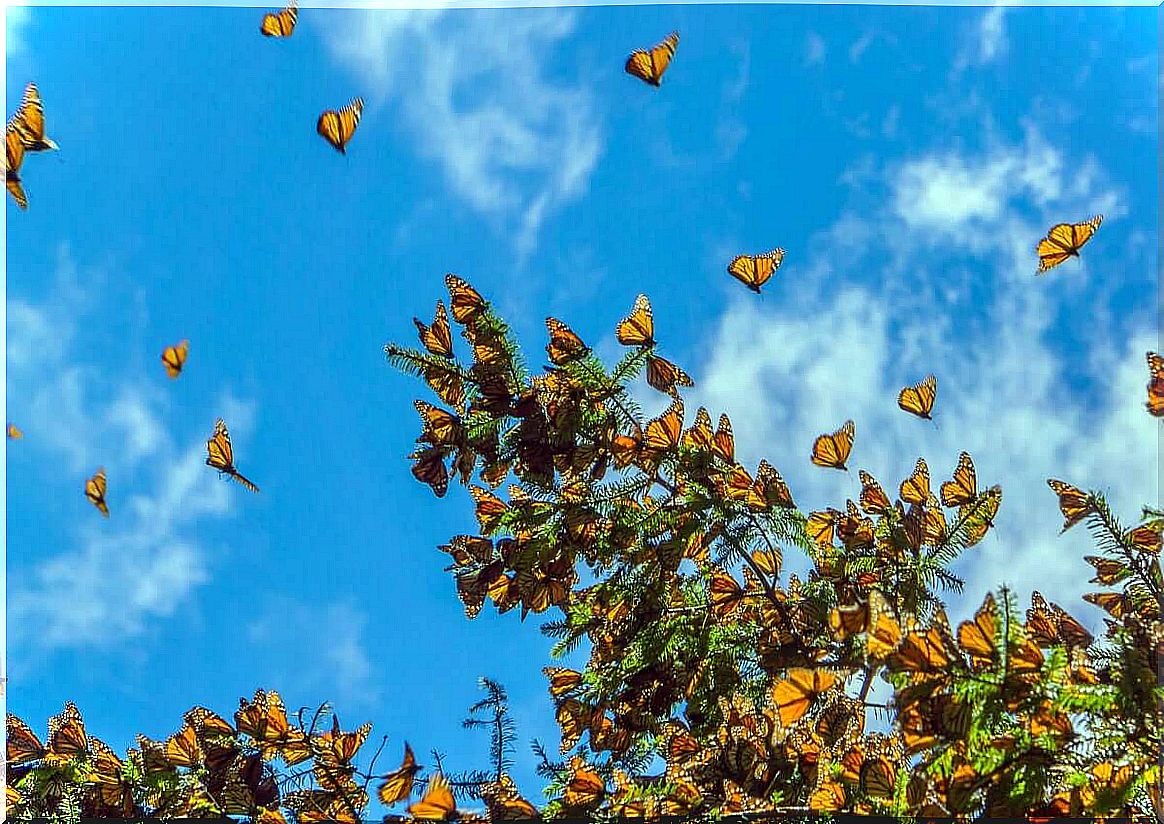
The congregation of monarch butterflies has good reasons
It’s interesting to know that these insects group together to stay warm. Tens of thousands of monarchs can be grouped together in a single tree. Although these butterflies weigh less than a gram, tens of thousands are very heavy. Oyamel trees are usually able to support groups of butterflies, but sometimes the branches break.
Furthermore, monarchs only travel during the day and need to find shelter at night. For this reason, they gather in resting places. In fact, they often choose pine, fir and cedar to rest. These trees have thick crowns that moderate temperature and humidity. In the mornings, monarchs sunbathe to keep warm.
